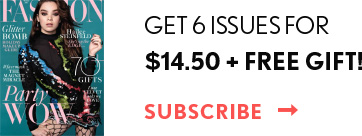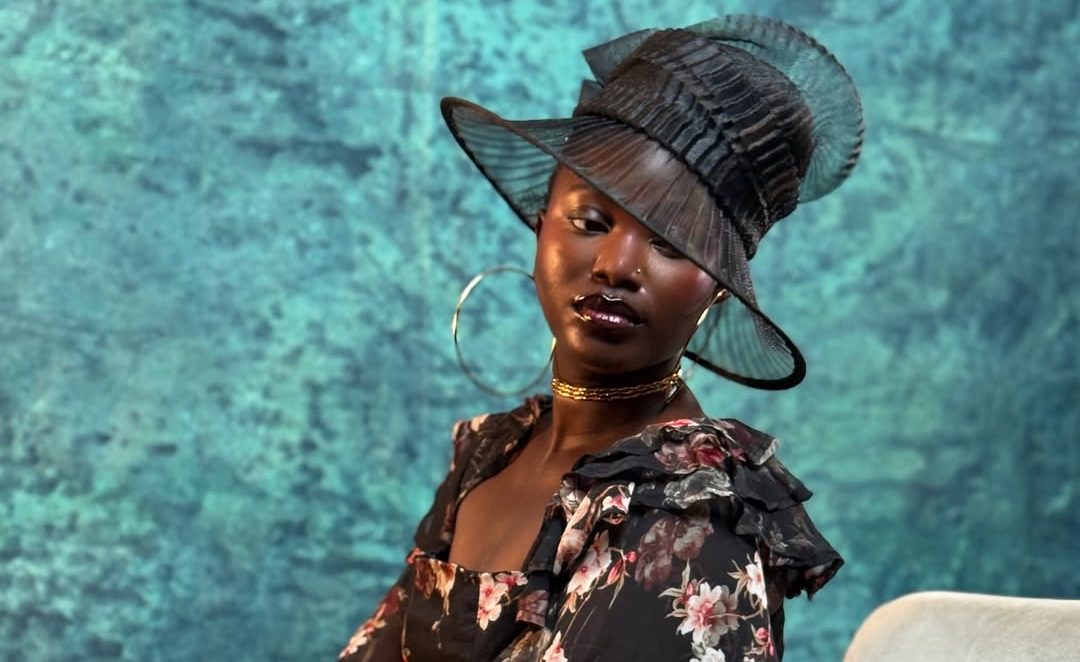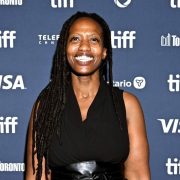“It doesn’t matter if you’re coming with raw bars or leaning into melody, there’s an audience for you. There’s a market for every sound” — Fimí.
By Abioye Damilare Samson
Nigeria’s music scene is full of new voices who are driven, gifted, and ready to be heard. But while many have the talent to deliver, not everyone has the kind of magnetic presence and confidence that makes people stop, listen, and pay attention. However, Fimí, the fast-rising rapper, is cut from a different cloth.
On her social media bio, she writes: “Let’s pretend I’m a superstar, Ok?”. It’s a witty, almost self-effacing phrase that reads like a joke at first glance. But the truth is, there’s no pretense in what she brings to the table. From her standout fashion choices to her precise, theatrical rap delivery and the deliberate eccentricity of her visuals, Fimí embodies the energy of a radiant superstar.
Earlier this year, Fimí had a viral moment with the promotional video for her track “Halo”, a clip that caught attention on X (formerly Twitter) for its sharp lyricism and bold, church-inspired styling. It offered a glimpse into a brilliant and creative rapper using nostalgia, satire, and sound to bend the rules of Nigerian rap.
“Whatever I couldn’t be then, I now get to be in my music”, Fimí tells me during our conversation, reflecting on her upbringing in Osogbo as the daughter of pastors, and how music helped her find her voice.
In this exclusive conversation with Afrocritik, Fimí talks about her journey into rap, building confidence through creativity, and what it means to be a woman carving her own space in Nigeria’s music scene.
To begin, could you share a bit about your background and how your journey into music officially began?
I grew up in Osogbo, Osun State, though I’m originally from Ondo State. Both of my parents are pastors, so I was raised in a Christian home, surrounded by church and structure from a young age.
Looking back, I’d say music found me. I have been drawn to it since I was about 10 or 11. I remember watching Let It Shine (2012), a Disney movie, and it struck a chord with me. The main character was a pastor’s kid, just like me, and he could rap. That really resonated. It was the first time I saw someone like myself doing something I secretly loved, and it made rap feel possible, even cool.
I also grew up singing in the church choir, and my mom sings too. So music has always been around me in one way or another. It’s always been present, even before I realized how central it would become in my life.
Growing up, what were some of your earliest musical influences? Any artistes or sounds that shaped your style today?
Funny enough, because both my parents are pastors, I wasn’t really exposed to secular music. You know that term people use jokingly, “Omo get inside”?
I was basically the final boss of that. I wasn’t going out much or listening to mainstream music, so my earliest influences were purely gospel.
I grew up listening to artistes like Tope Alabi and Bola Are. That was the sound around me. So naturally, when I first started writing music, especially rap, I was writing gospel rap. It just felt like the right thing to do because that was the environment I was raised in. The church and gospel music shaped a lot of my early creative instincts.
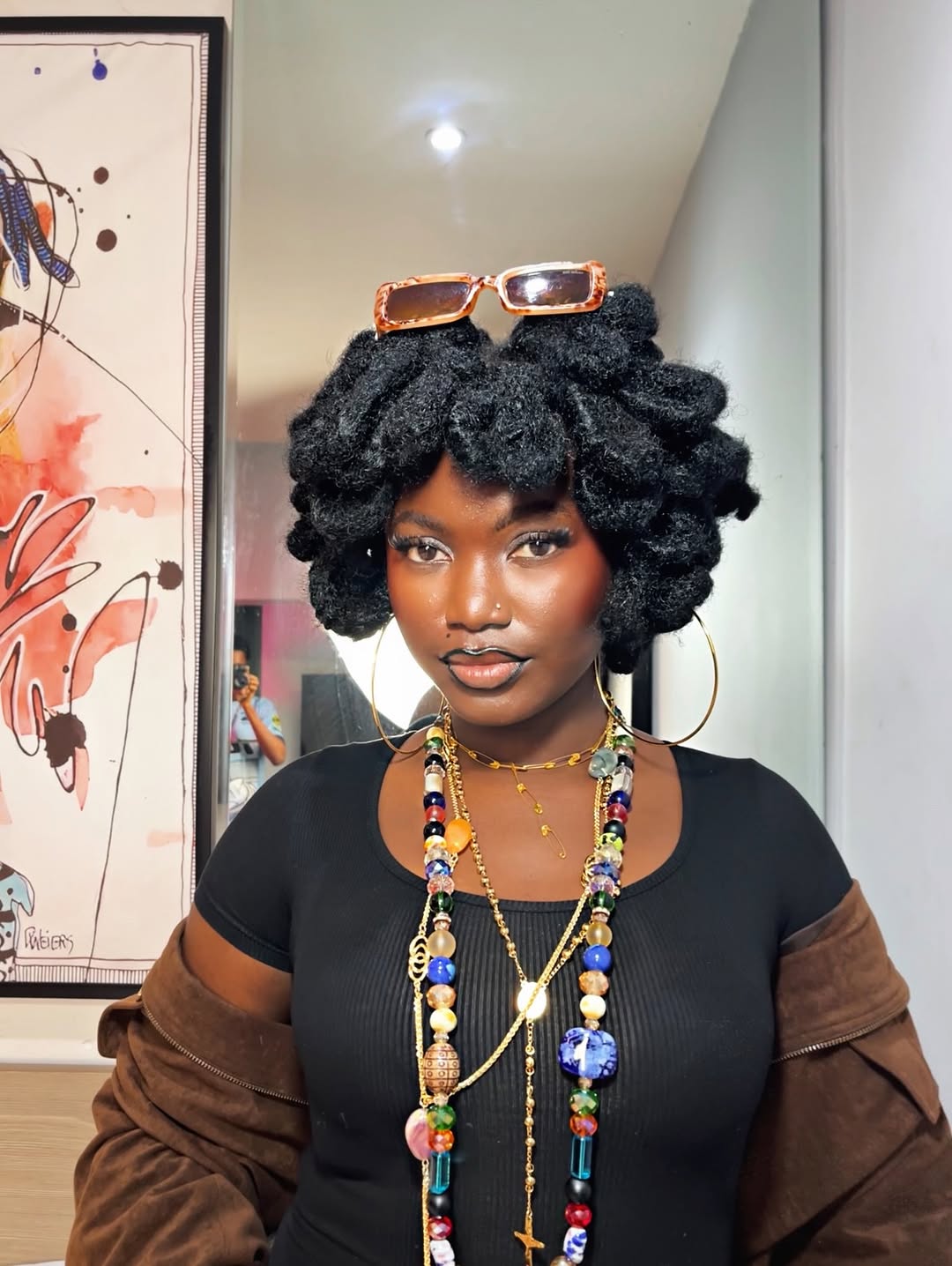
The video of “Halo” really caught fire on Twitter the day you posted it. Take us behind that video. How did the concept come together, and did you expect that kind of reaction?
Honestly, I didn’t expect that reaction at all. “Halo” was originally just supposed to be content, I didn’t even plan to release it as a single. But when it started gaining traction online, I knew I had to put it out properly. I definitely didn’t expect it to go viral the way it did.
As for the creative process behind it, yes, you probably noticed the church elements in the video. I wanted to write about hypocrisy, but in a broader, more reflective way. It’s about the gap between how things look to us now and how they might look later on in life.
Think about how we often view our parents. We say they’re doing too much by telling us how to dress, how to act, always setting rules. And we push back because we think, weren’t you young once too? Let me live. But from their perspective, they were young once. They made mistakes, learned from them, and now they’re trying to guide us based on those experiences.
So “Halo” is partly about that cycle, how one day, we might find ourselves in their shoes, realizing exactly why they acted the way they did.
Your visuals often feature traditional and also retro attire, like the black gown and hat in the ‘Halo’ video, and your use of iro and buba, which adds a theatrical layer to your performances. What inspires these choices, and how intentional is fashion in shaping your artistic identity?
I like to experiment a lot, but at the core, I consider myself a creative person. Not everyone would have the guts to wear iro and buba to a club but I did. And I remember getting a lot of stares that night; people were just looking at me like, what is she doing? It was crazy, but in a good way.
My outfit choices are heavily inspired by the things I grew up seeing around me. For example, I wore church hats a lot, and so did my mom. Lace fabrics, ankara, native attire, that’s what I was raised in. While my peers were wearing jeans, earrings, and trendy outfits, I was that girl in a full lace dress and hat. Back then, I felt like I didn’t quite fit in. I wasn’t allowed to wear certain things, and it made me feel uncool compared to others.
But now, I’m reclaiming those looks. I’m taking the very things that once made me feel out of place and flipping the script by adding confidence, adding femininity, and making them stylish on my own terms. I want to show that these pieces can be fashionable, expressive, and bold. And funnily enough, now everyone wants to be “the cool kid” in retro and traditional fits too.

What are your thoughts on the current state of rap music in Nigeria, especially with the rise of more melodic, genre-blending rap? Do you feel there’s still space for raw bars and lyricism?
Absolutely. I believe there’s space for everyone. The sky is big enough for all of us, honestly. It doesn’t matter if you’re coming with raw bars or leaning into melody, there’s an audience for you. There’s a market for every sound. The music space is global now, and people are open to so many different styles. If I stick to lyricism and hard-hitting bars, I’ll have my own audience. And if someone else leans into melodies or blends rap with Afrobeats, they’ll have their audience too.
At the end of the day, I really believe there’s room for every creative voice to thrive.
As a female rapper in a largely male-dominated industry, what’s your perspective on how female artistes are currently being received and represented in Nigeria’s music scene?
At first, I didn’t really notice anything wrong with the industry, probably because I wasn’t as deep into it as I am now. But now that I’m more involved, I can see how much more is expected from female artistes, especially here in Nigeria.
People don’t always listen first, they just watch. There’s this pressure to look a certain way. And it’s a double standard: if you look a certain way, you’re labeled a “hoe”; if you don’t, then you’re seen as a “church girl” or “too reserved”. There’s this constant push and pull over how a woman should present herself, and it’s exhausting.
The truth is, some of us have real bars. Solid ones. I’d even say we are just as lyrically strong as our male counterparts. People just need to actually listen and go beyond the visuals and the aesthetics and hear what we’re really saying. That’s where I stand at the reception of female rappers today.
There’s a boldness in how you deliver your lyrics and curate your visuals, what inspires you and what’s your writing process like?
Growing up, I was a very timid child. I found it hard to speak up for myself or express how I truly felt. But now, music has become that space where I can do all of that. It’s given me a voice. Whatever I couldn’t be then, I now get to be through my music. That boldness you hear in my lyrics, that’s me fully expressing myself without holding back.
As for my writing process, it really varies depending on the project. Sometimes the beat comes first and inspires the story. Other times, I already have a concept or story in mind, and I pitch it to a producer to help create the beat around it. There are also moments where the visual comes first, like an image or video idea, and I build the music around that.
So my process is very fluid. I see music as something spiritual. I try to stay open to whatever the universe brings, and I create from there.
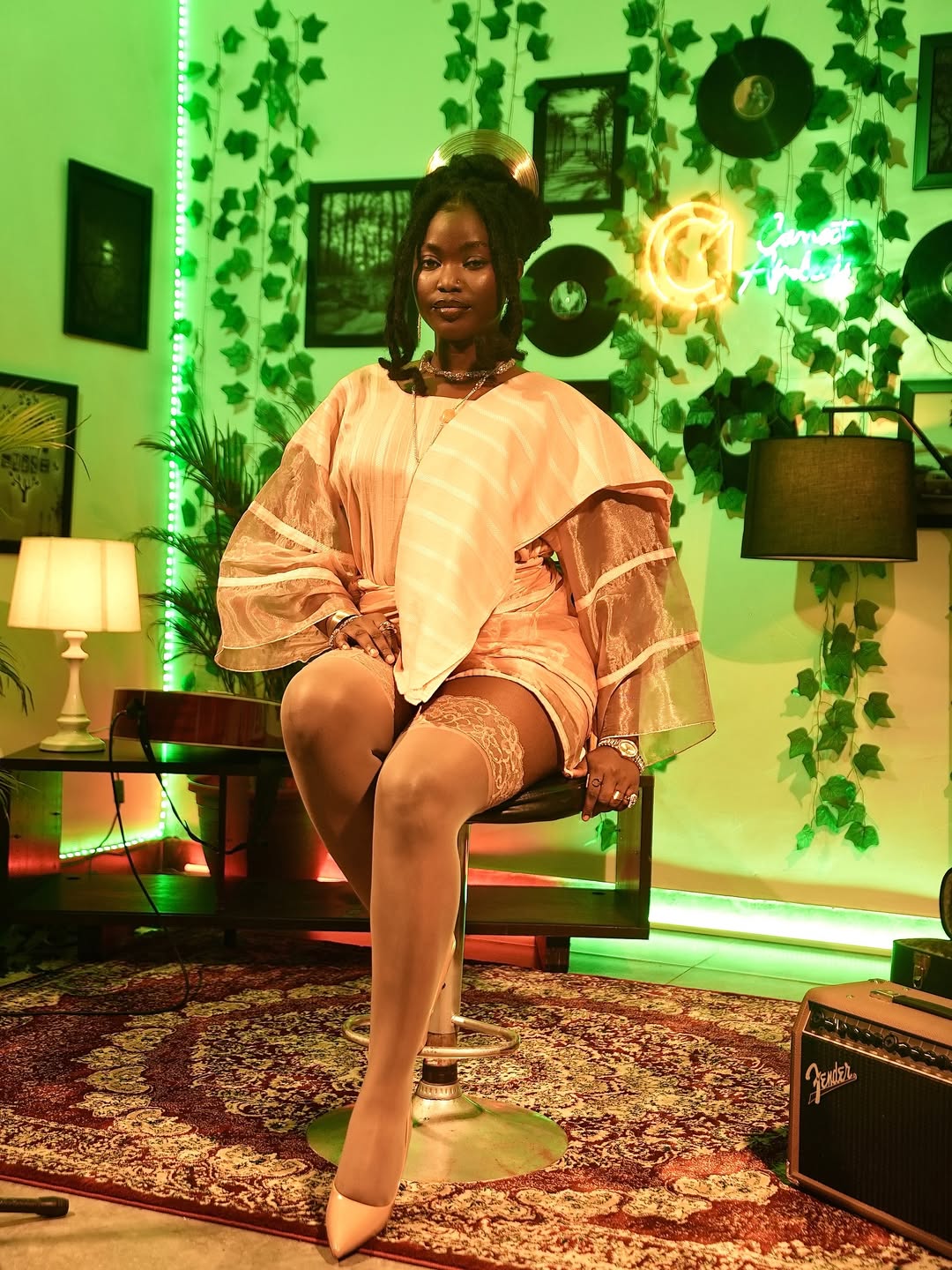
Five years from now, where do you see your art, and what do you want to be remembered for?
Five years from now, I see myself as a global star, a global sensation. But beyond that, I want to be remembered for holding the door open for other girls to thrive in this industry. I want my journey to show that it’s possible, and to inspire other young women to take up space, unapologetically.
What can we expect next from Fimí. Any projects, collaborations, or performances in the works?
Definitely. I’m constantly evolving as an artiste, and I don’t plan to stop anytime soon. There will be new songs, more performances, and exciting projects. I’m just going to be everywhere.
Right now, we’re actually in the middle of the rollout for my upcoming single, “Gentle Baby”, which drops next month. It’s something really special, and I can’t wait for the world to hear it.
If you could collaborate with any artiste in the world now, who would it be and why?
Doja Cat without a doubt. I’m honestly obsessed with creatives who are actually creative, and Doja embodies that. I love how she blends humor with sass and bold artistic expression. You can hear it in her music and see it in her visuals. She’s not afraid to be herself, to push boundaries, and to have fun while doing it. I really admire that about her. So yeah, a dream collaboration for me would definitely be Doja Cat.
Abioye Damilare Samson is a music journalist and culture writer focused on the African entertainment industry. His works have appeared in Afrocritik, Republic NG, NATIVE Mag, Culture Custodian, 49th Street, and more. Connect with him on Twitter and IG: @Dreyschronicle

